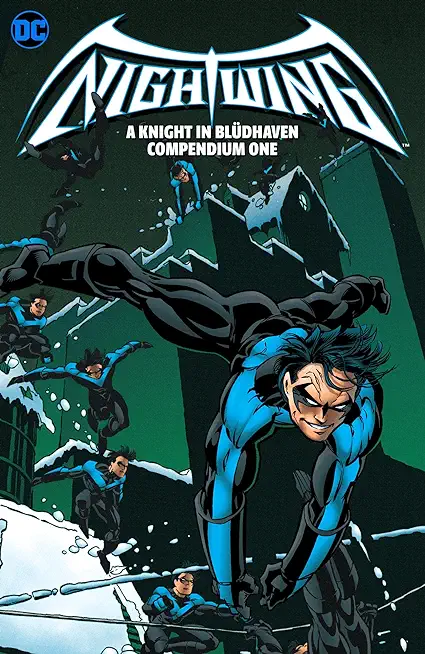
description
s learn how computing can be personally and politically empowering and why all students need access to computer science education. This lively graphic novel follows a diverse group of teenage friends as they discover that computing can be fun, creative, and empowering. Taylor, Christine, Antonio, and Jon seem like typical young teens--they communicate via endless texting, they share jokes, they worry about starting high school, and they have each other's backs. But when a racially-biased artificial intelligence system causes harm in their neighborhood, they suddenly realize that tech isn't as neutral as they thought it was. But can an algorithm be racist? And what is an algorithm, anyway? In school, they decide to explore computing classes, with mixed results. One class is only about typing. The class that Christine wants to join is full, and the school counselor suggests that she take a class in "Tourism and Hospitality" instead. (Really ) But Antonio's class seems legit, Christine finds an after-school program, and they decide to teach the others what they learn. By summer vacation, all four have discovered that computing is both personally and politically empowering. Interspersed through the narrative are text boxes with computer science explainers and inspirational profiles of people of color and women in the field (including Katherine Johnson of Hidden Figures fame). Power On! is an essential read for young adults, general readers, educators, and anyone interested in the power of computing, how computing can do good or cause harm, and why addressing underrepresentation in computing needs to be a top priority. From the authors of Power On! In today's world, technology is impacting every aspect of our lives. We wrote Power On! to fill a gap in current computer science classrooms and out-of-school programs by providing an accessible educational tool for discussing pressing issues of equity and ethics in tech, while motivating all youth to learn about computer science, regardless of their career path. Our hope is that this graphic novel can serve as an engaging way to learn about current research in computer science and computing education. We also hope this book can spark conversation, introducing a wide range of topics for people to pick up, discuss, and learn more about together. The book will be published with a free educator guide available at www.poweronbook.com, providing discussion questions such as: - What are ways that technology is creating social good as well as harm in today's world?
- Can robots be racist?
- Why does underrepresentation of students of color and females matter?
- What can be done to change this underrepresentation?
- What ideas do you have for a technological innovation that could address a social problem you care about?
- How can we help support all students in getting the education they deserve and need?
- Can robots be racist?
- Why does underrepresentation of students of color and females matter?
- What can be done to change this underrepresentation?
- What ideas do you have for a technological innovation that could address a social problem you care about?
- How can we help support all students in getting the education they deserve and need?
member goods
No member items were found under this heading.
Return Policy
All sales are final
Shipping
No special shipping considerations available.
Shipping fees determined at checkout.







